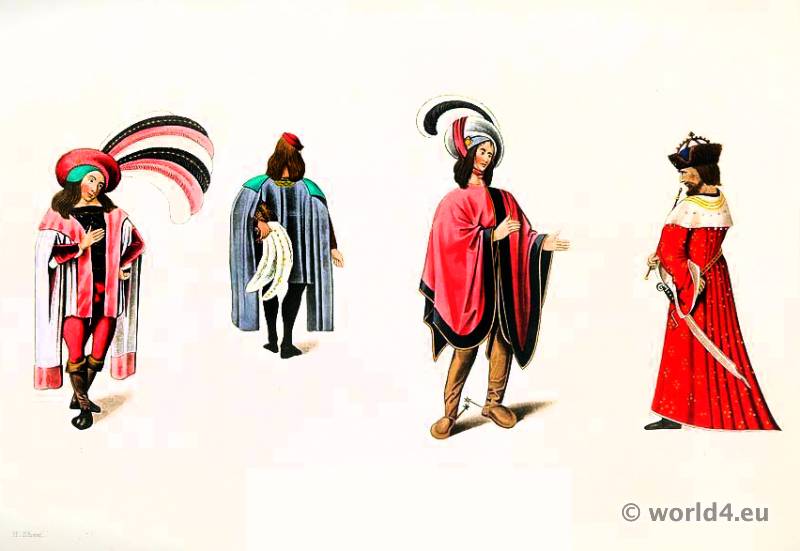TABLEAU
Innocence Carried Away by Love, or The Triumph of Hymen (c.1750). Jean-Baptiste Greuze.
L’Innocence entraînée par l’Amour ou le Triomphe de l’Hymen. (L’Innocence enchaînée par les Amours and followed by Le Repentir)
PAR J.-B. GREUZE, 1725-1805
Collection de M. le baron de Schlichting
Innocence, in the guise of a young maiden draped in antique style, led by Cupid brandishing a flaming torch, surrounded by little Loves who stop her in her tracks, is held back by a supplicant woman, who descends behind her the steps of an antique temple preceded by a high portico.
L’Innocence, sous les traits d’une jeune tille drapée à l’antique, entraînée par Cupidon qui brandit une torche enflammée, entourée de petits Amours qui arrêtent ses pas, est retenue par une femme suppliante, qui descend derrière elle les degrés d’un temple antique précédé d’un haut portique.
The subject is presented with that mannered sensitivity and desire for moralizing virtue with which Greuze’s art always asserts itself. But here, at least, the composition is not lacking in skill; it recalls, through the opulence of the decor and the richness of the colour, the great mythological compositions of Rubens.
Le sujet est présenté avec cette sensibilité maniérée et ce désir de vertu moralisatrice par où s’affirme toujours l’art de Greuze. Mais ici, du moins, la composition ne manque pas d’adresse ; elle rappelle, par l’opulence du décor et la richesse de la couleur, les grandes compositions mythologiques de Rubens.
This painting was commissioned from Greuze by Empress Catherine of Russia.
Ce tableau avait été commandé à Greuze par l’Impératrice Catherine de Russie.
Source: L’exposition rétrospective de l’art décoratif français by Gaston Migeon und Emile Molinier. Paris: Goupil & cie, 1901.
Discover more from World4 Costume Culture History
Subscribe to get the latest posts sent to your email.



